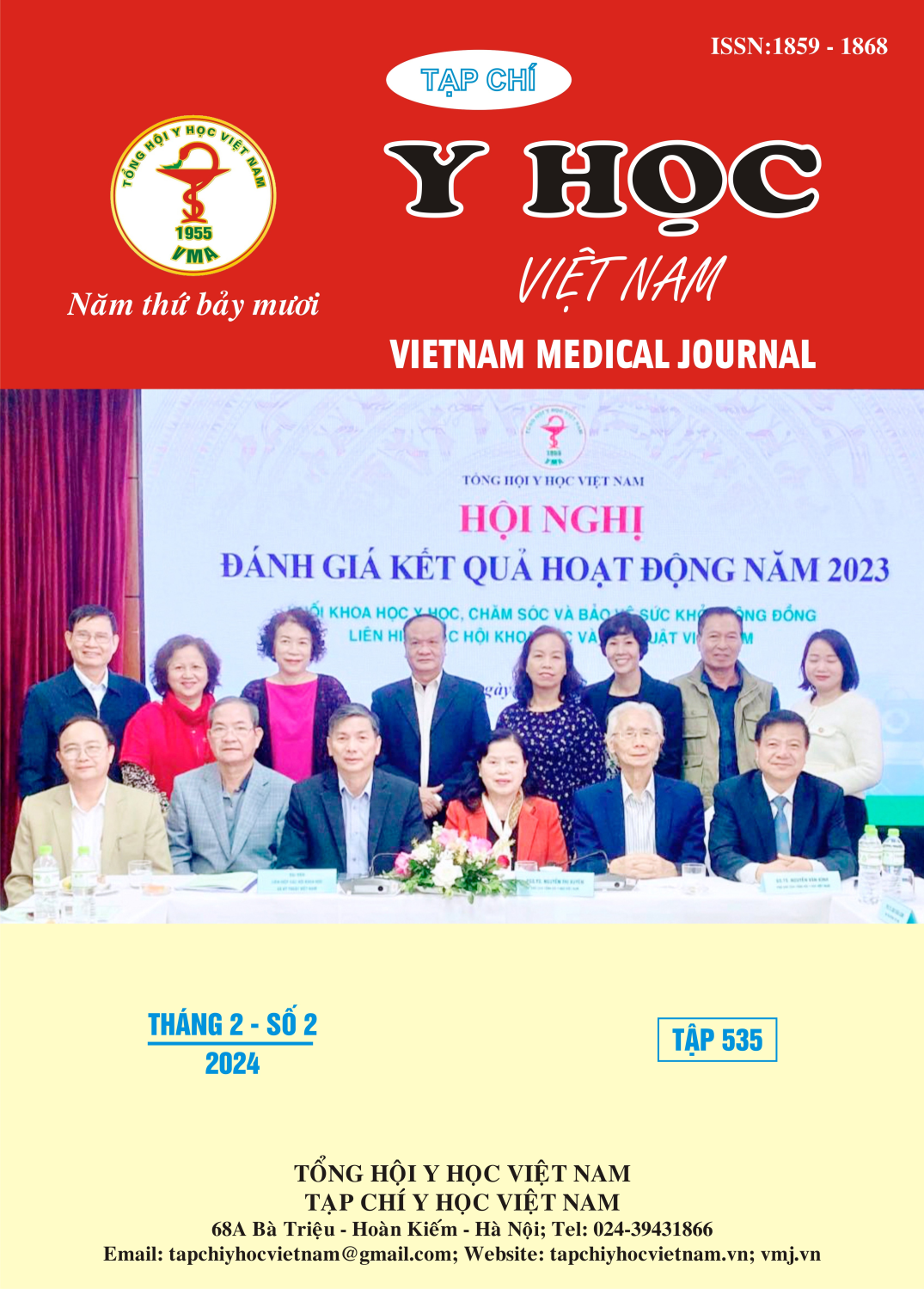APPLICATION MULTI-SLICE COMPUTED TOMOGRAPHY IN SELECTING THE PEDICLE BLOOD SUPPLY FOR THE NIPPLE -AREOLA COMPLEX IN BREAST REDUCTION
Main Article Content
Abstract
Objective: Aims to identify the main arterial sources of blood supply to the nipple-areola complex (NAC), which is applicable to very large hypertrophic breast reduction surgery, in order to minimize the risk of NAC complex necrosis. Methods: Describe a cross-sectional, uncontrolled clinical case series to evaluate the most accurate blood supply to the NAC based on angiography for all patients diagnosed with excessive breast enlargement requiring surgery. Results: 28 patients with grade 3 ptosis underwent multi-slice computerized tomography (MSCT) scan of both breasts to determine the dominant blood supply to the nipple areola. Of the blood supplies to the breast, the internal mammary artery predominates in 56/56 breasts (100%), the external thoracic artery predominates in 19/56 breasts (33,93%), and the intercostal artery in 8/56 breasts (14,3%). MSCT measures a minimum breast volume of 1000ml and the maximum of 2412ml. Based on the MSCT scan results, the axial flap design carrying the QNV complex has a dominant branch entirely from the internal mammary artery: superior medial pedicle in 43/56 (76,79%), superior pedicle in 9/56 breasts (16,07%) and medial pedicle in 4/56 breasts (7,14%). None of the breasts showed signs of nipple-areola necrosis after surgery, and only 2 NAC had mild hypotrophy. Conclusion: Preoperative breast MSCT imaging is helpful in selecting the type of pedicle that supplies blood to the NAC, and minimizes the risk of NAC necrosis during breast reduction surgery in cases of significant hypertrophy and severe grades of ptosis.
Article Details
Keywords
Breast reduction, nipple-areola complex, Multi-Slice Computerized Tomography.
References
2. Chetty V, Ndobe E (2016) Macromastia and gigantomastia: efficacy of the superomedial pedicle pattern for breast reduction surgery. S Afr J Surg 54(4):46–50.
3. Seitz IA, Nixon AT, Friedewald SM et al (2015) “NACsomes”: A new clas- sification system of the blood supply to the nipple areola complex (NAC) based on diagnostic breast MRI exams. J Plast Reconstr Aesthet Surg 68(6):792–799.
4. Horta R, Silva P, Filipe R et al (2010) Use of Doppler in breast reduc- tion with superomedial or superolateral pedicles. Aesthetic Plast Surg 34(5):680–681.
5. Kumamaru KK, Hoppel BE, Mather RT et al (2010) CT angiography: current technology and clinical use. Radiol Clin North Am 48(2):213–vii.
6. McGregor I.A. và Morgan G. (1973). Axial and random pattern flaps. Br J Plast Surg, 26(3), 202–213.
7. Van Deventer PV (2004) The blood supply to the nipple-areola complex of the human mammary gland. Aesthetic Plast Surg 28(6):393–8.
8. Ding N, Yu N, Dong R, Kong L, Xue H, Long X, Li Y, Wang Y, Huang X, Jin Z. Blood supply of the male breast nipple-areola complex evaluated by CTA. J Plast Reconstr Aesthet Surg. 2021 Oct;74(10):2588-2595.


